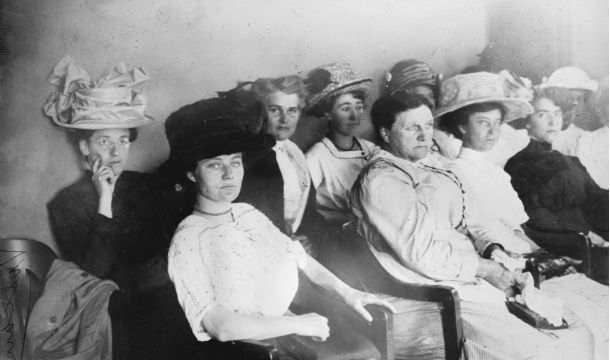WHY THE JOINT EMPLOYER ISSUE MATTERS
The various labor and employment agencies of the federal government, including the NLRB, the EEOC, and the U.S. Department of Labor, have all proposed regulations or other guidance limiting the use of the "joint employment" concept. Currently, there is a hodgepodge of various standards on who is a joint employer, but the one commonality is that the analysis generally addresses how much control a potential joint employer exerts, or has the right to exert, over the workers of the other entity. Many of the "poster boy" examples of the issue pertain to franchisors and those companies that rely on contract labor and staffing agencies. The famous McDonald's case is perhaps the most publicized, in which the NLRB contended that McDonald's and its franchisees were joint employers, while McDonald's contended that it was a separate and independent entity. That case was recently settled.
The most recent example of the issue and its importance occurred in January of this year, when CNN agreed to pay $76 million in back pay in a settlement agreement, the largest monetary remedy in the history of the NLRB. This backpay amount is larger than what the agency collects on average in a whole year. The dispute originated when CNN terminated a contract with a contractor that had been providing CNN video services. After terminating the contract, CNN hired new employees to perform the same work without recognizing or bargaining with the two unions that had represented the contractor's employees. The NLRB found that CNN was a successor to, and joint employer with, the contractor, and was obligated to bargain with the unions and provide back pay, but a court remanded the joint employer finding for further clarification.
Although this settlement is not a binding precedent, it shows the enormous potential liability on an alleged joint employer in dealing with a contractor's employees. The U.S. Department of Labor has already enacted a regulation that is set to take effect March 16, 2020, which indicates that regarding the joint employment relationship, any indirect control must be through mandatory instructions, rather than suggestions, and any reserved control must be accompanied by "some actual exercise" of control to support a joint employment relationship. The NLRB's proposed rule states that control must be "direct and immediate" to trigger joint employment.
Of course, should the House-passed Pro-Act ultimately become law, the standards for finding joint employment would be must broader and more entities would be trapped into the "joint employer" network of responsibility and liability.
Related Content
Get Email Updates
Recent Content

Supreme Court Allows Trump Administration to Proceed with Termination of CHNV Parole Programs

Supreme Court Lifts Injunction that Prohibited Removal of Venezuelans with 2023 TPS Designation, Status Of Haitians and Changes to TPS for Afghans

The EEOC and DOJ Issue Guidance on DEI

Considerations When Government Officials Show Up and Request to Meet with Individual Employees

How Jurors Evaluate the Fairness of an Employer’s Actions
